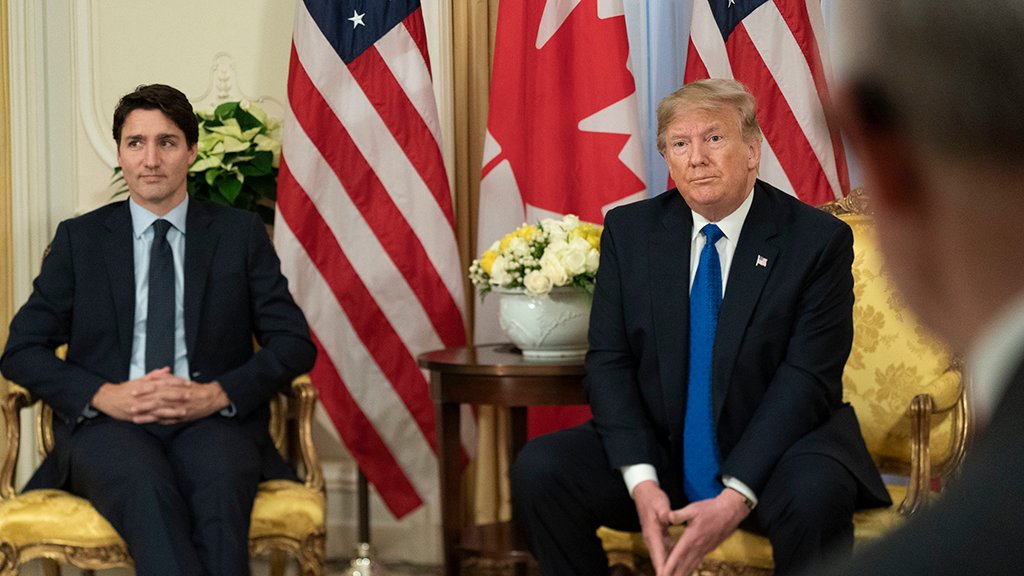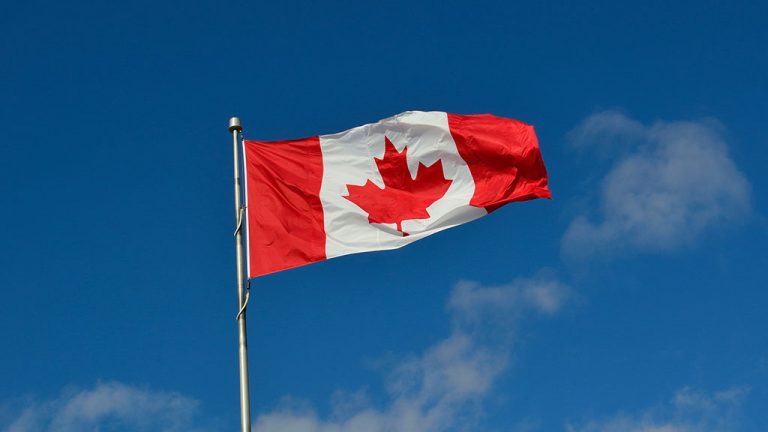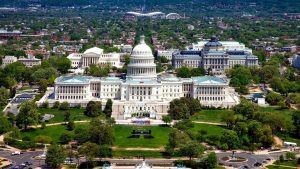WASHINGTON ŌĆö A new year will bring Donald Trump back to the White House and start a fresh wave of anxiety as America’s closest neighbours prepare for the Republican’s disruptive agenda and looming threats of massive tariffs.
It’s long been tradition for the incoming president to have an ambitious 100-day plan. Republicans say Americans, who elected Trump and gave GOP lawmakers a Congressional majority, have signed off on the mandate.
“There are supposed to be a bunch of executive orders teed-up for the first day,” said Christopher Sands, director of the ║┌┴Ž│į╣Ž═° Institute at the Woodrow Wilson Center in Washington.
Trump has said he wouldn’t be a dictator, “except for Day 1.” The big question is what’s in the package for Trump’s first day back and how will it affect ║┌┴Ž│į╣Ž═°.
The president-elect indicated in November that atop his plans is an executive order for a 25 per cent tariff on all products coming into the United States from ║┌┴Ž│į╣Ž═° and Mexico.
In a social media post a few weeks after the election, Trump said the tariff will remain in place until both countries stop drugs and people from illegally crossing the borders. In response, Justin Trudeau went to Florida for a dinner with Trump and his team at Mar-a-Lago, but the prime minister walked away without any assurances ║┌┴Ž│į╣Ž═° would get exemptions.
║┌┴Ž│į╣Ž═° subsequently announced a series of measures to beef up the border with a $1.3 billion package in response to Trump’s threat.
Sands said he will be watching to see the response from Congress and the business community if the tariffs are enacted. Executive orders can be challenged in court and many American industries, particularly the automobile sector, would be devastated by the duties.
Congress is unlikely to go to battle with Trump, Sands said, but there is a limit. And that could be damaging to trade deals and American’s pocketbooks.
“The ultimate check on all of this ŌĆö that the public doesn’t like the impact of the tariff,” Sands said. “They complain to Congress. Congress claws back powers or says, ‘no’… That’s ║┌┴Ž│į╣Ž═°’s last best hope.”
Beyond the threat of levies, Trump campaigned on a slew of promises immediately upon his return. He promised structural changes, potentially firing thousands of federal employees, rolling back environmental protections and said he wants to “drill, drill, drill” on Day 1.
The president-elect also pledged to begin a mass deportation of migrants.
After Trump won in 2016 thousands of people fearful of the Republican’s initial threats of deportation started to head north across the U.S-║┌┴Ž│į╣Ž═° border. Canadian officials and law enforcement are preparing in case there is a surge of people once again.
The lure of the hundred-day benchmark should be resisted, said Alasdair Roberts, a professor of public policy at University of Massachusetts Amherst.
“Governing philosophy is if you can’t get what you want in the first phase of your administration, then after that you will get mired,” Roberts said, adding it’s unlikely presidents do all they’ve promised in that timeframe.
Roberts suspects there will be swift action on immigration, although any type of mass deportation will take time. He also expects administrative reforms, including something like ŌĆ£Schedule F,ŌĆØ which turns career civil servants into political appointees who are easier to fire and hire.
It’s certainly not the first time Trump has faced a long list of lofty campaign promises. When he ran for president in 2016, he pledged to immediately renegotiate trade deals and deport migrants.
While the North America Free Trade agreement was renegotiated during the first Trump administration, replaced with the ║┌┴Ž│į╣Ž═°-U.S.-Mexico Agreement, it was far from immediate. And the Republican’s initial deportation efforts and ban on travel from Muslim-majority countries hit multiple roadblocks.
Trump’s main 2016 promise to repeal and replace Democratic President Barack Obama’s health care law failed famously with a thumbs down by then-Republican Sen. John McCain.
Roberts said only one of Trump’s promised laws was introduced in Congress by April 2017, and it was not adopted.
“Not exactly a legislative blitz ŌĆö even though Trump’s party controlled both chambers of Congress,” Roberts previously noted in a piece for The Wilson Quarterly.
The first six months of the year will see a big push for change, Roberts said. But, he cautioned, “Canadians should be wary consumers of the rhetoric.”
The president-elect is returning for round two having learned from previous hurdles. His team is prepared and fiercely loyal.
Senate Republicans have been meeting to lay groundwork for the ambitious legislative agenda. Possibilities include energy, border security and defence priorities policies that could be approved in the first 30 days of TrumpŌĆÖs presidency.
The Republican majority Congress convenes Jan. 3. The Senate expects to quickly begin holding confirmation hearings for TrumpŌĆÖs top cabinet nominees and Matthew Lebo, a specialist in U.S. politics at Western University in London, Ont., said that will indicate whether there are any Republicans willing to stand up to the president-elect.
Some of Trump’s picks, including Fox News anchor Pete Hegseth as defence secretary and former Rep. Tulsi Gabbard for national intelligence director, have been facing resistance.
Lebo said heŌĆÖll be watching to see if legislators follow their moral judgment and break from Trump ŌĆö or if they pinch their noses and approve the president-elect’s picks.
“Are all the guardrails really off?” Lebo asked.
┬®2024 The Canadian Press











Recent Comments
comments for this post are closed